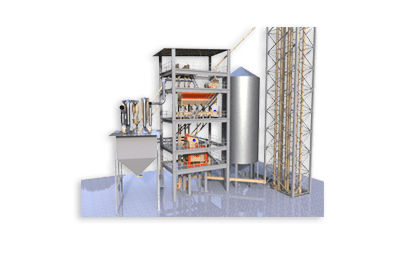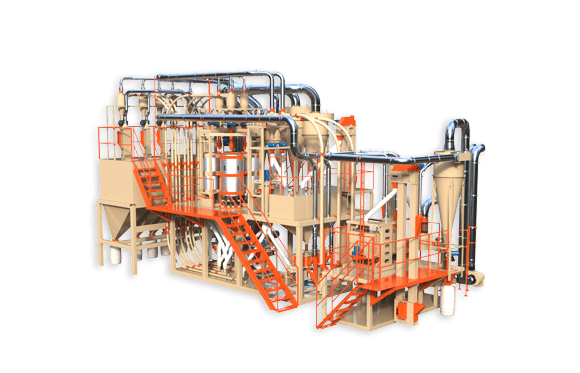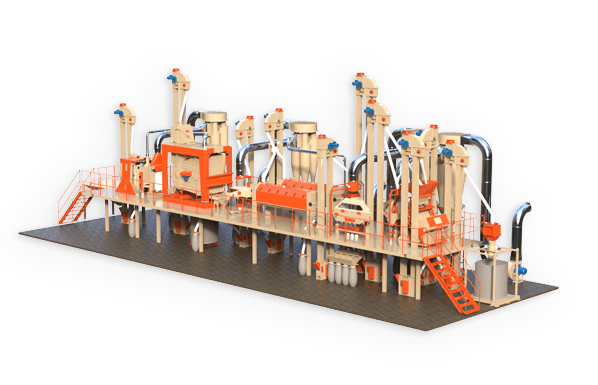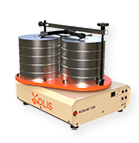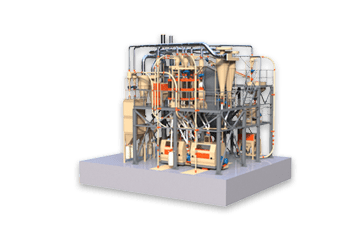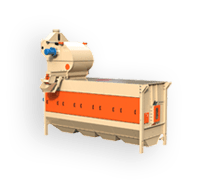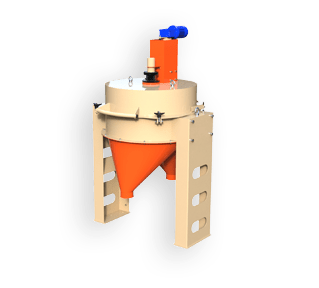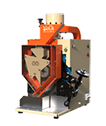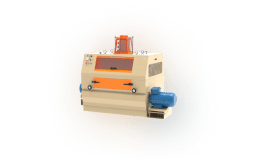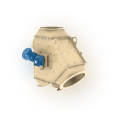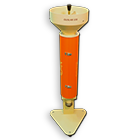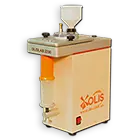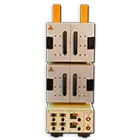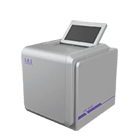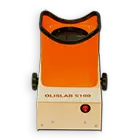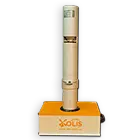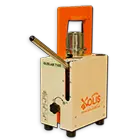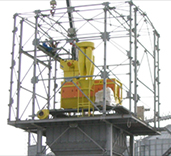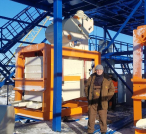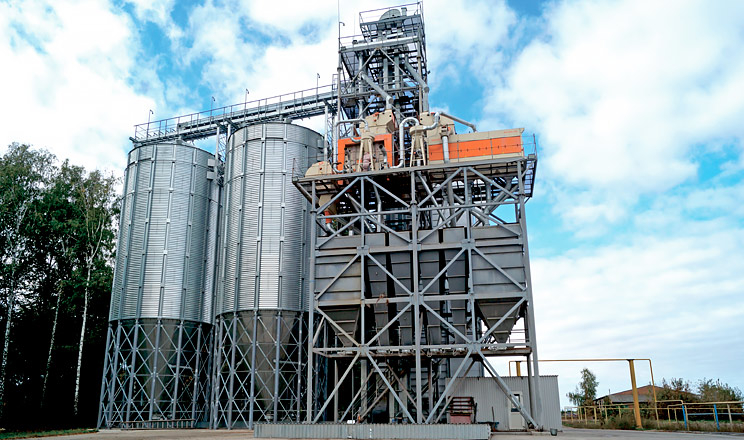Magazine The Ukrainian Farmer №11 (167) 2023
In order to achieve the desired quality of grain cleaning, a reasonable choice of equipment helps to complete the task at an optimal cost.
Medium-sized enterprises often build drying complexes instead of full-fledged elevators, and grain is stored in floor warehouses, hangars and plastic sleeves. This approach makes it possible to save significant funds on the creation of additional infrastructure – silos, transport equipment, shipment nodes. However, it is impossible to do without cleaning machines, because they are a mandatory element in the technological chain of grain finishing
The approach to the selection of cleaning equipment is usually based on three whales – quality of work, performance and price. When it is possible to combine everything, the investment can be considered successful. In this regard, the experience of LLC “SVK “Memory of the Decembrists”” from Chernihiv region is interesting.
The enterprise cultivates about 8,000 hectares, of which 3,500 hectares are devoted to corn. It was for this culture that a new row of the grain receiving complex was built, which included a dryer with a cleaning unit and storage hoppers. At the design stage, the question arose: what equipment should be used for cleaning?
Italian-made separators worked with the first dryer, but more powerful machines were needed for the second. After considering all the available options, we settled on the domestic manufacturer OLIS, which supplied the enterprise with a LUCH ZSO-150 drum separator for preliminary cleaning and a Horizont K-300 flat screen separator for primary cleaning.
Over two seasons of operation, the machines cleaned about 60,000 tons of corn. During this time, they made sure that the quality of cleaning and productivity fully met the requirements of the enterprise, and the staff studied the peculiarities of operation and settings. Practice has shown that there is nothing complicated here: the drum separator, which performs preliminary cleaning, should be adjusted depending on the amount of garbage admixture and moisture content of the grain. It is quite simple to do: first, the air separator is adjusted, and then, with the help of a special regulator, the required inclination of the drum is set, and the speed of rotation is adjusted. If necessary, replace the sieve: remove the side covers, unscrew the fasteners and replace.
It is even easier to work with primary cleaning – depending on the clogging of the grain, the air separator is adjusted, the necessary sieves are installed, and the aspiration columns are adjusted if necessary. Since such a machine cleaned only corn at the enterprise, the initial settings were not changed here at all. In conditions where the operator staff is not constant, the simplicity of the equipment helps to work stably. An average of 500 tons pass through the cleaning machines per day. Although they can work much faster, there is no such need yet.
The grain supply is regulated in the air separator with the help of a latch on the shock absorber. The shock absorber on the latch makes loading the cleaning machine more uniform. For example, if the conveyor suddenly throws a large portion, it will not get inside immediately – the shutter will open slowly, and the grain flow will increase gradually, and the quality of cleaning will be maximum. There is a window in the supply area through which you can control the intensity of the flow. If the level is higher than the middle, the operator should reduce the grain feed rate. Free access to all internal parts of the cleaning equipment simplifies their cleaning. Periodic maintenance consists of lubricating moving parts, but there are relatively few of them, and this work does not take much time.
As the chief engineer of the enterprise, Mykola Rudnyk, said, the manufacturer always helps to solve issues that arise during operation. For example, last year, when one of the machines shut down and wouldn’t start, a technician over the phone found out all the details of what was happening and then instructed the operator step by step on what to do to fix the problem and get the machine running. Such maintenance is currently mandatory, because not all enterprises have a permanent staff of technical personnel.
After cleaning, the grain is poured into a storage hopper and transported from there by trucks to a 10,000-ton floor storage located on the work site, and another 12,000 to 13,000 tons are loaded into sleeves. Hoppers for 850 tons allow you to accumulate grain so that the dryer can work without stops during harvesting.
AN EXPERT SPEAKS
Mykola Rudnyk, chief engineer LLC “SVK “Memory of the Decembrists””
— OLIS cleaning machines worked for two seasons, and during this time we saw that the quality of cleaning and the declared performance fully met our requirements. The machines are easy to set up and do not have special requirements during operation. Last season, we had to work with power outages, and the cleaning machines did not always have time to unload. However, even when full, they were easy to start and worked after power was restored.
There were no questions about the technical condition of the cleaning machines for two seasons. Corrugations were replaced, but this is consumable material. In the drum separator, the shafts and brushes are still in normal condition, nowadays it is even difficult to predict when they will need to be replaced. In the future, we plan to include OLIS separators for sunflower cleaning. For this, we will buy additional sets of grates.
AGRO TIMES – https://agrotimes.ua/article/bezkompromisne-ochyshhennya/


